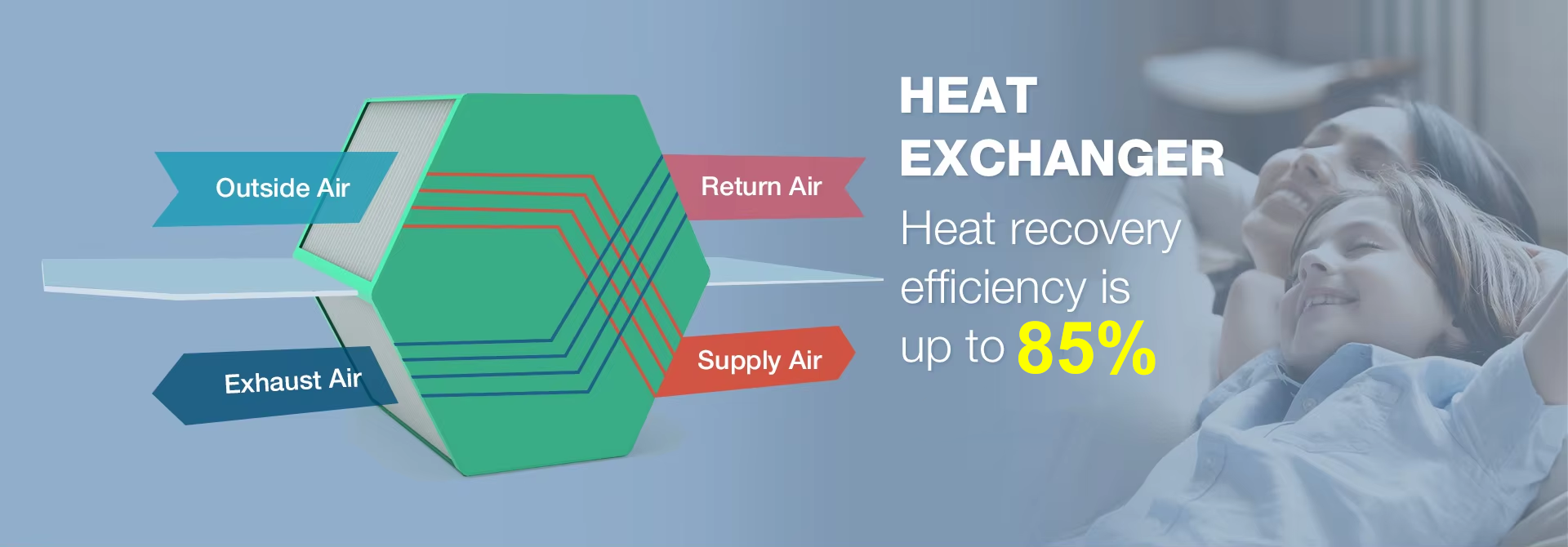If you’re looking to enhance your home’s ventilation while also boosting energy efficiency, you might have come across the term “Energy Recovery Ventilation System” (ERVS). But what exactly is an ERVS, and how does it differ from a Heat Recovery Ventilation System (HRVS)? Let’s dive into the details.
An Energy Recovery Ventilation System is a sophisticated ventilation system designed to exchange stale indoor air with fresh outdoor air while recovering energy from the outgoing air. This process helps maintain indoor comfort and air quality while minimizing energy loss. Unlike HRVS, which primarily recover sensible heat (temperature), ERVS can recover both sensible and latent heat (humidity).
The beauty of an ERVS lies in its ability to adapt to various climate conditions. In colder climates, it transfers heat from outgoing air to incoming air, much like an HRVS. However, in warmer, more humid climates, it can also recover moisture, reducing the need for dehumidification and enhancing indoor comfort.
Installing an Energy Recovery Ventilation System in your home can provide numerous benefits. It ensures a continuous supply of fresh air, reducing the risk of indoor air pollution and improving overall air quality. Additionally, by recovering energy from outgoing air, an ERVS can significantly reduce heating and cooling costs, making your home more energy-efficient.
In comparison, a Heat Recovery Ventilation System is similar in function but focuses primarily on heat recovery. While HRVS are highly effective in colder climates, they may not provide the same level of humidity control as ERVS in warmer climates.
In conclusion, an Energy Recovery Ventilation System is a versatile and efficient ventilation solution that can enhance your home’s comfort, air quality, and energy efficiency. Whether you’re looking to reduce energy costs or improve indoor air quality, an ERVS is worth considering. And for those in climates with significant temperature and humidity fluctuations, the benefits of an ERVS over an HRVS can be even more pronounced
Post time: Oct-24-2024







